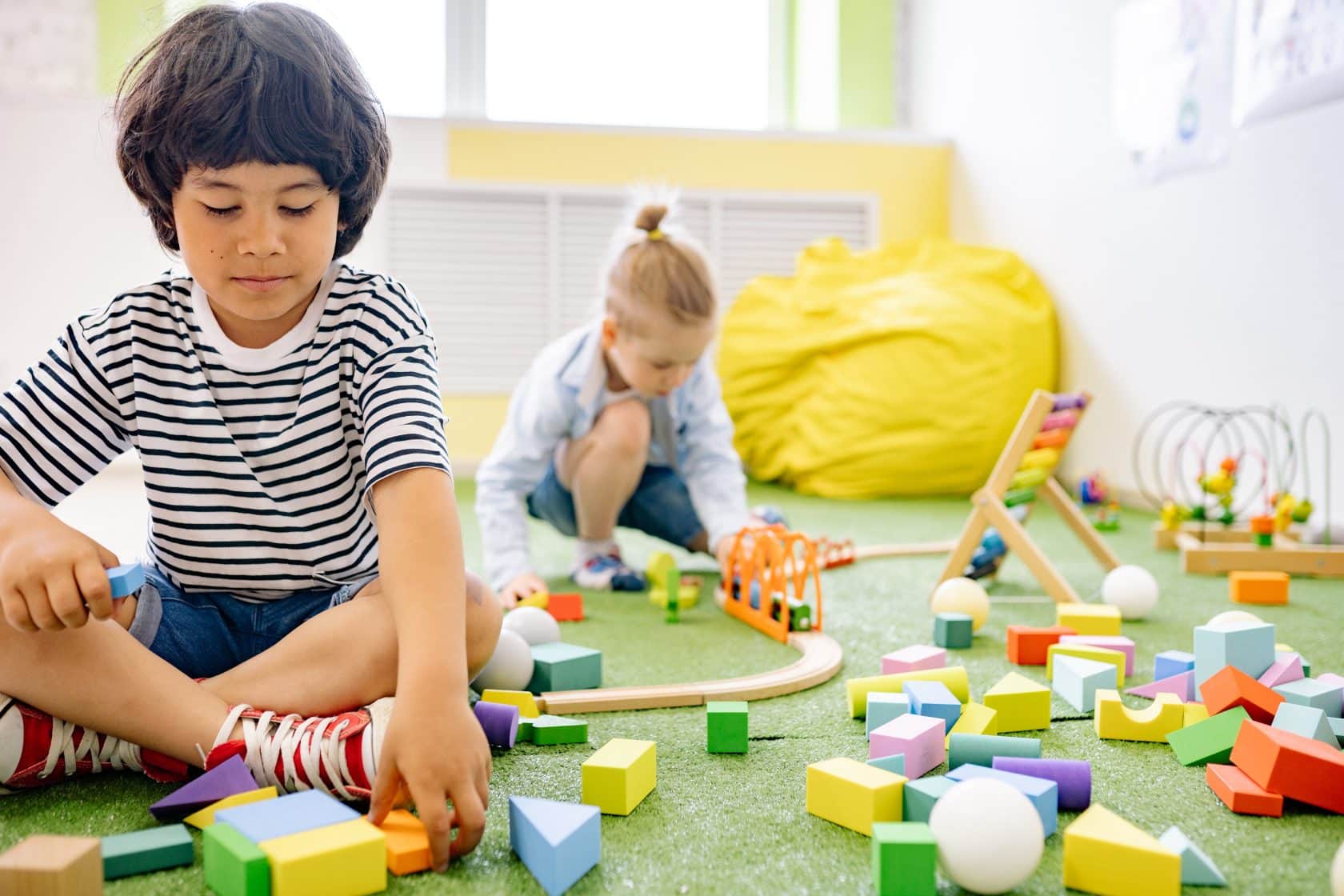Sensory processing involves receiving sensory input from our environment, which our brain then processes to generate a response. It relies on various brain regions and integrates information from different senses. Here are some examples of sensory processing in action:
- Hearing: A child covers their ears in response to a loud noise.
- Touch: A child explores the texture of food to determine if they like it.
- Sight: A child squints in response to a bright light.
When sensory processing is disrupted, it can lead to symptoms that affect a child’s daily life. These symptoms may include:
- Sensitivity: Overreacting or underreacting to sensory input like textures or sounds.
- Self-regulation: Difficulty managing emotions when overwhelmed or overstimulated.
- Attention: Trouble focusing or being easily distracted.
- Motor coordination: Challenges with balance and coordination.
- Social interaction: Discomfort with physical touch or personal space.
Understanding these aspects can help parents identify their child’s sensory needs and seek appropriate strategies and support. Goally, our tablet, helps kids with sensory processing through fun apps like digital schedules, AAC, and gamified learning. It also teaches emotional regulation, executive functioning skills, and social skills through videos.
This post was originally published on April 13, 2023. It was updated on July 20, 2023.










